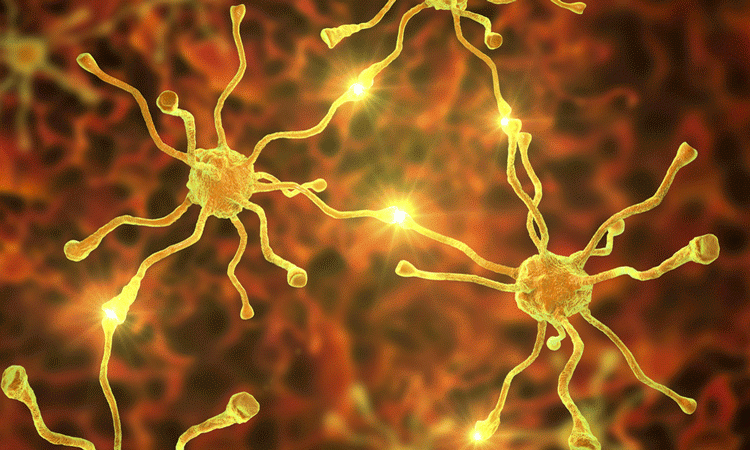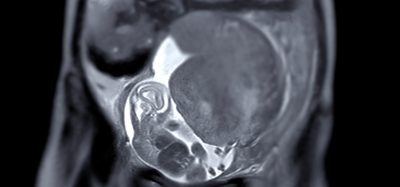Motor neuron disease electrical signalling pathways mapped
Posted: 1 August 2019 | Victoria Rees (Drug Target Review) | No comments yet
A study has used EEG to investigate the neuron networks that act abnormally in the condition, providing a significant step in the search for treatments.


Researchers have identified characteristic changes in the patterns of electrical brain wave activity in motor neurone disease (MND) and Amyotrophic Lateral Sclerosis (ALS) patients. The team believe that these findings can lead to the development of new treatments for the conditions.
The study was conducted by the Academic Unit of Neurology at Trinity College Dublin. Using electroencephalography (EEG), the team captured second to second changes in electrical signalling and identified specific groups and networks of neurons that behave abnormally in the diseases. They also discovered more than six different brain networks associated with the conditions.
This is the first time that EEG has been used to study the diseases this way. Using EEG is a more cost-effective way to scanning patients with MND and ALS than magnetic resonance imaging (MRI) which has traditionally been used.
They also discovered more than six different brain networks associated with the conditions
Senior author of the study, Dr Bahman Nasseroleslami, said: “The emerging technologies such as advanced signal analysis and electrical source imaging of the brain are changing our understanding of MND and related diseases. We can now use EEG, which is inexpensive compared to MRI, to probe brain networks instantaneously and identify important changes that reflect the impact of the disease on the patients.”
“There is an urgent need for new treatments that can slow disease progression and the development of new biomarkers that can help to identify patient subgroups is a very important unmet need,” said Head of the Academic Unit of Neurology at Trinity, Professor Orla Hardiman.
The findings were published in Human Brain Mapping.
Related topics
Biomarkers, Neurosciences, Research & Development
Related conditions
Amyotrophic Lateral Sclerosis (ALS), Motor neuron disease (MND)
Related organisations
Academic Unit of Neurology, Human Brain Mapping, Trinity College Dublin
Related people
Professor Orla Hardiman








